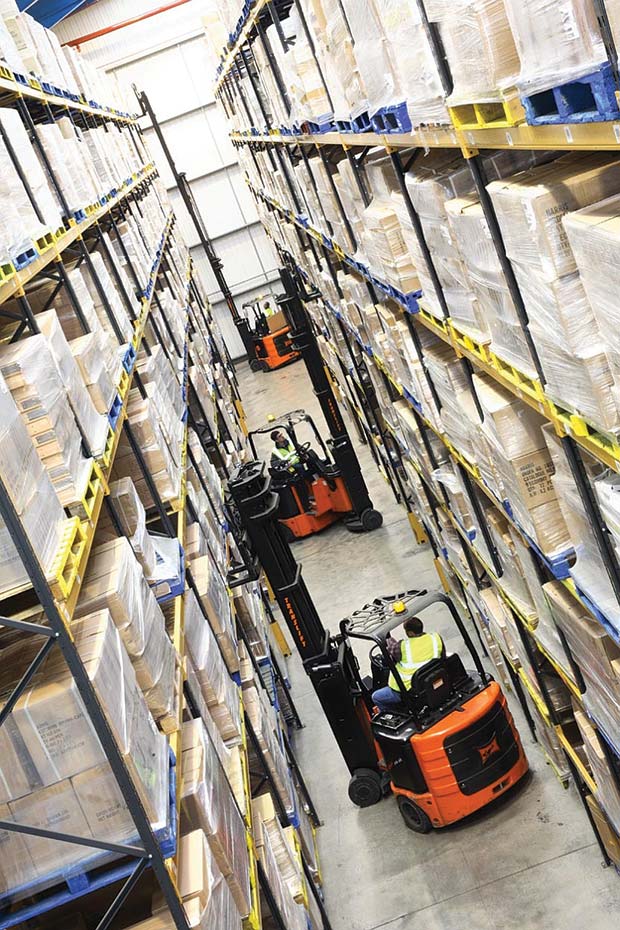BITA believe that materials handling stakeholders have a vital role to play – and must be accountable

Warehouses are among the most hazardous environments in the materials handling sector, and ‘struck by’ incidents – where a pedestrian is hit by a vehicle – are the most common cause of major workplace accidents in the UK.
Every year we see workers killed or injured and companies prosecuted over entirely preventable accidents where, sadly, forklifts have been used in an unsafe manner. For this reason warehouse managers and operators should prioritise developing and maintaining safe systems of traffic management based on three core activities:
• Physically segregating pedestrian and vehicle areas in the warehouse
• Training and supervising vehicle operators
• Raising awareness among all pedestrians, employees and visitors
Although it isn’t a specific legal requirement to segregate pedestrian areas, there is an overall obligation for managers to ‘provide a safe working environment’.
Initial operator training is compulsory for forklift operators, but refresher training is not a legal requirement. This means that there is an onus on employers and employees to be aware of best practice based on their own initiative.
At BITA we believe that materials handling stakeholders have a vital role to play in the process – and must be accountable. We have developed publications such as our safety best-practice booklets for operators, as well as guidance notes for employers and managers which include the latest developments in legislation and best practice.
As you would expect the Health and Safety Executive also has an extensive range of information, advice and materials on its website, http://www.hse.gov.uk/index.htm but there is also an excellent single source HSE book Warehousing and storage: A guide to health and safety (HSG 76). However, it isn’t just knowing what to do – but actually doing it and building corporate culture around site safety and security. Safety best practice is not a cost or an encumbrance, but a fundamental investment in the future health of employees and their own bottom line.




Comments are closed.